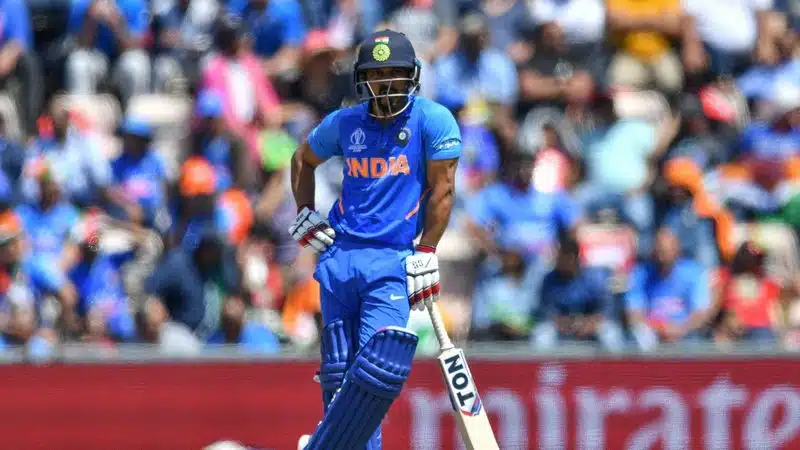
Bits and pieces all-rounders are a thing. Ask New Zealand. Ask Chris Harris. Ask Craig McMillan. India went into the World Cup with one such player – Kedar Jadhav. A handy batsman down the order, and a partnership breaker with his slingers, Jadhav received some flak for his inclusion and role in the ODI setup.
That he could bowl and none of the others in the top 6 could made Jadhav a permanent feature in India’s ODI setup. He was quite functional with the ball, flashy, yet unassuming with the bat and did what was expected of him.
Now, there are two sides to the Jadhav debate.
Read | Kohli returns to lead India T20 squad against West Indies
The one argument is that he was never a good enough ODI player. But that isn’t entirely true. For batting all-rounders with a minimum of 1000 runs and 10 wickets since Jadhav’s debut, only three players – Angelo Mathews, Shakib Al Hasan, Tillakaratne Dilshan – have a better difference between their batting and bowling averages than Jadhav.
Jadhav averages 42.96 with the bat and has 27 wickets at an average of 37.37 in his ODI career. The fact that he also strikes at a rate of 101.49 made him quite an asset in the lower middle-order, particularly with MS Dhoni’s prowess on the wane.
India’s batting stocks are thin when it comes to players who can also bowl a bit. Run through the list of batsmen who were at the time waiting to enter the ODI team and none of them were regular part-timers – Shreyas Iyer, Mayank Agarwal, Dinesh Karthik, Shubman Gill, Suryakumar Yadav are all plain batsmen.
With India have an overdose of mainstream batsmen not capable of bowling, it made sense to play someone like Jadhav who can fill in as a sixth bowling option. Furthermore, Jadhav was a lower-order batsman with a high-efficiency rate, thus making him an ultra-utility player before the World Cup.
Read | India in the World Test Championship- dominating or just an easy draw?
None of India’s back-up players were lower-order batsmen at the time except Karthik, who was a keeper. So at least then, it made sense to have Jadhav in the side. So, what has changed between then and now – a period of roughly 3-4 months?
Nothing at all is the simple, straightforward answer. Jadhav remains a quality option in the lower middle-order and might even do well in the upcoming series against the Windies. But what value does he add to the bigger picture – say the T20 World Cup in 2020 or the ODI World Cup in 2023?
Jadhav is almost 35 years old now and will be 39 by the time the next ODI World Cup arrives. The in-between ODIs happening now are mere bilateral with no context and it is ideally useful for India to test their domestic players who have been in-form. With the inclusion of someone like Shivam Dube, India have arguably included someone who can bat and bowl in the top seven.
Jadhav’s age and the fact that he adds little to the bigger picture makes his inclusion post the World Cup bizarre. Before the ODI World Cup, he was an all-important filler for the big tournament. Now, with younger guys waiting in the wings and opportunity rife to test newer talent, the inclusion of Jadhav in the ODI setup is a huge backward step.
Feature image courtesy: AFP / Saeed Khan






Leave a Reply